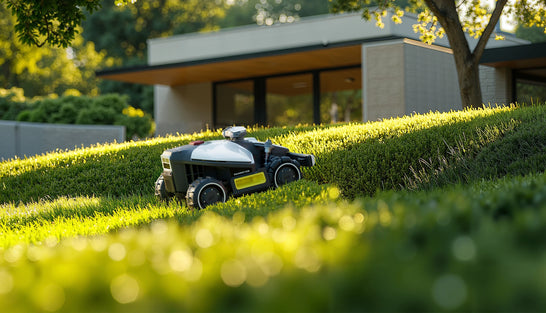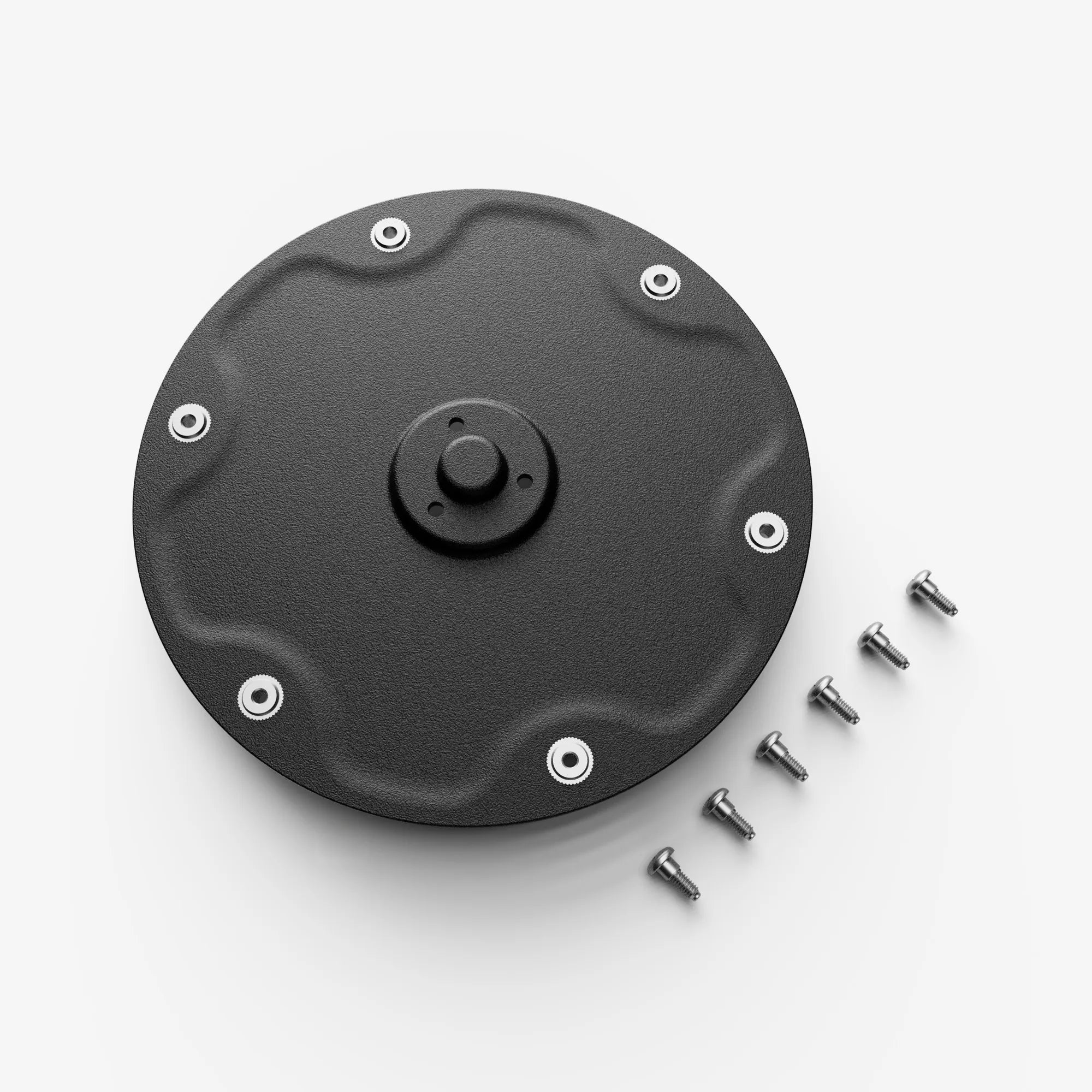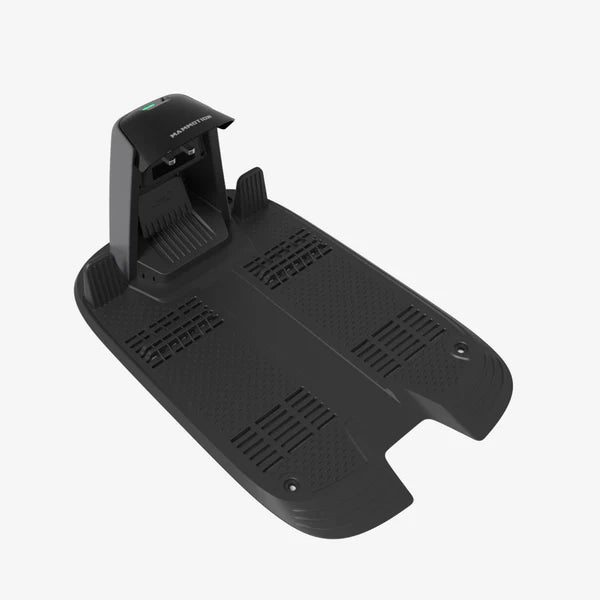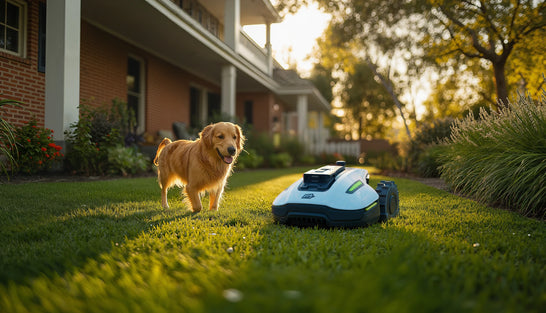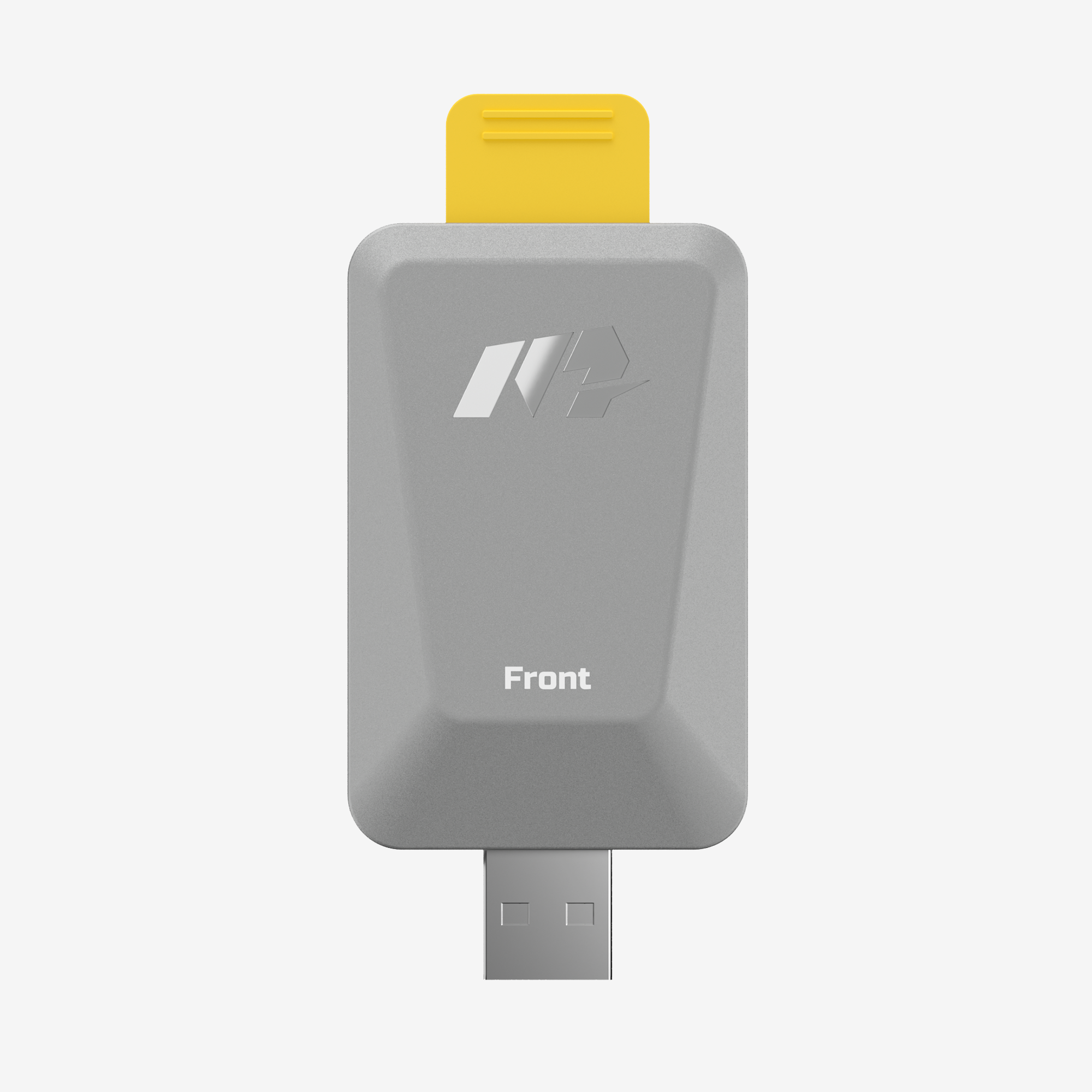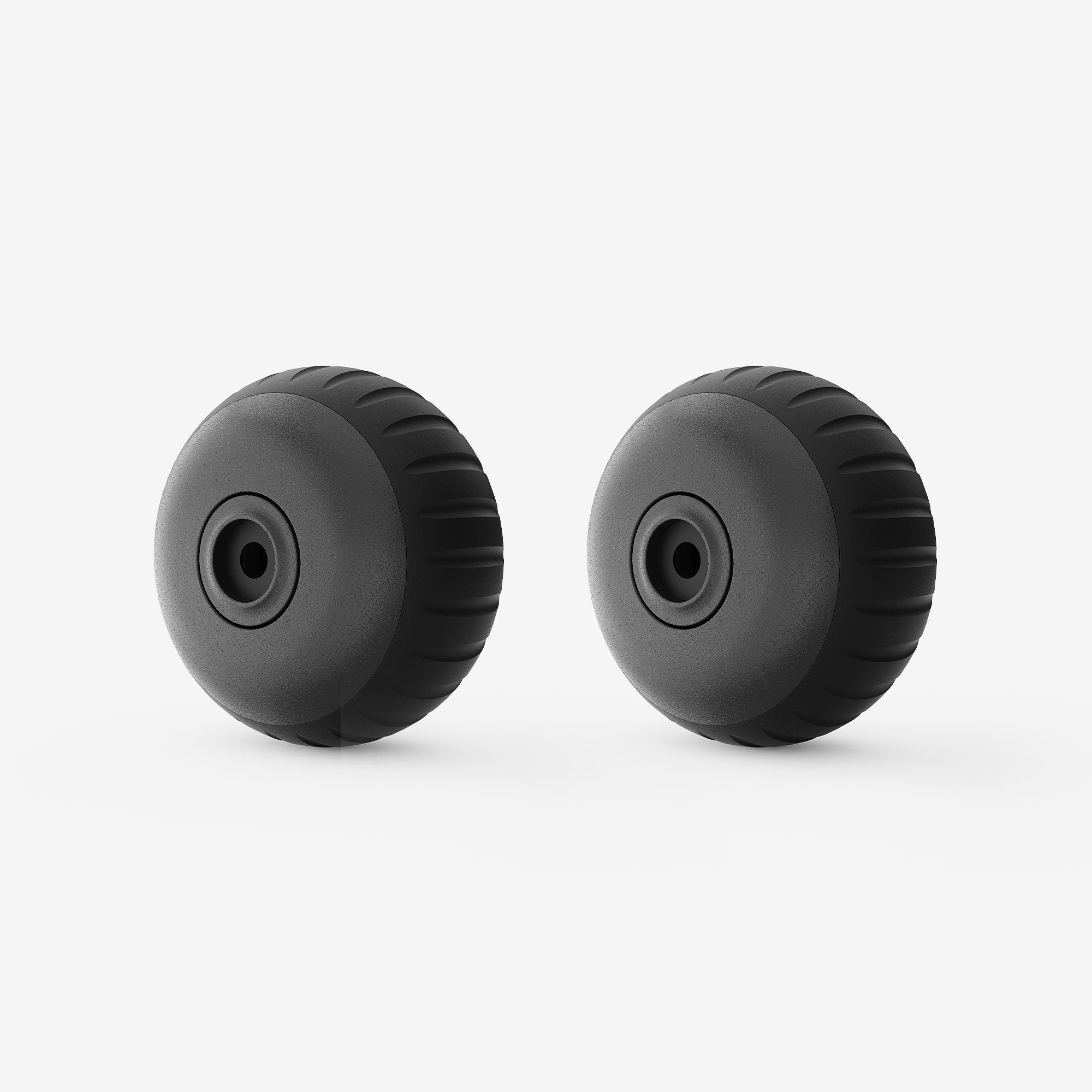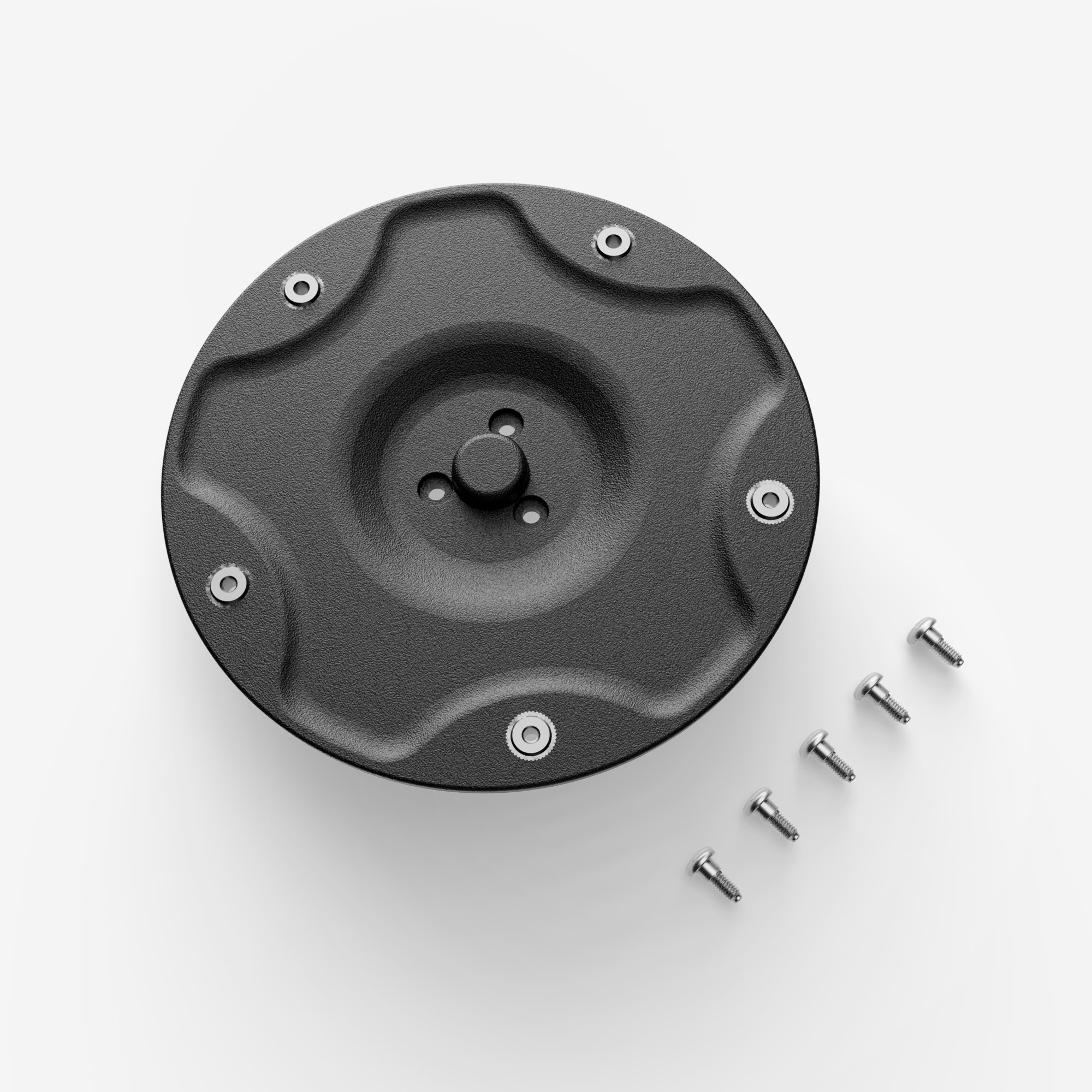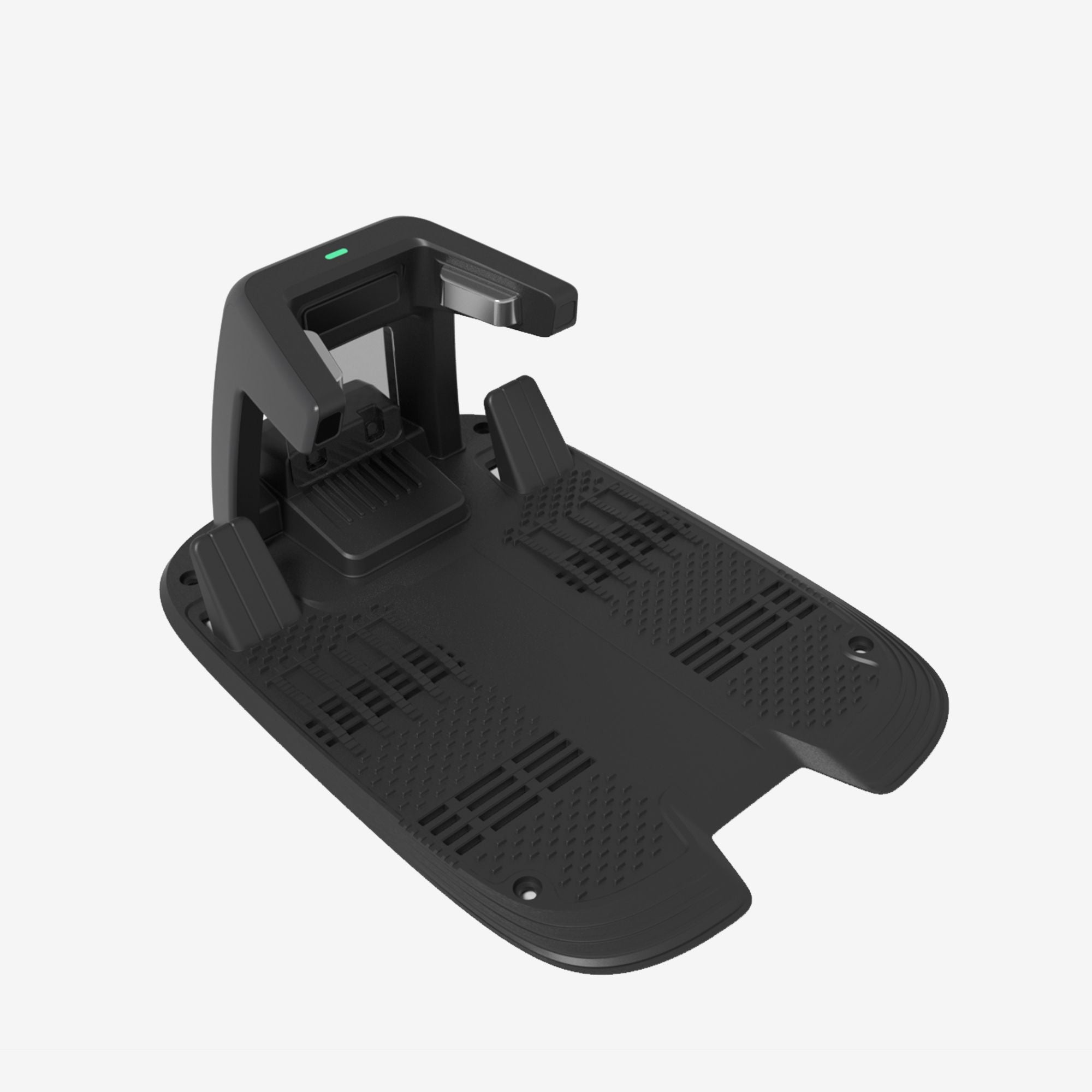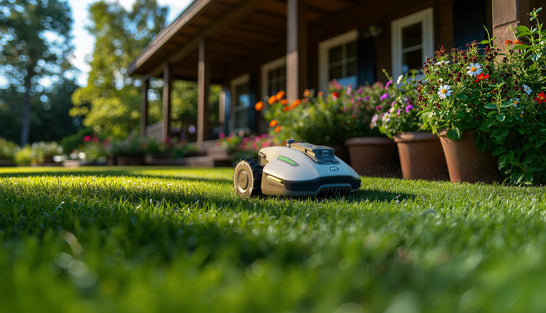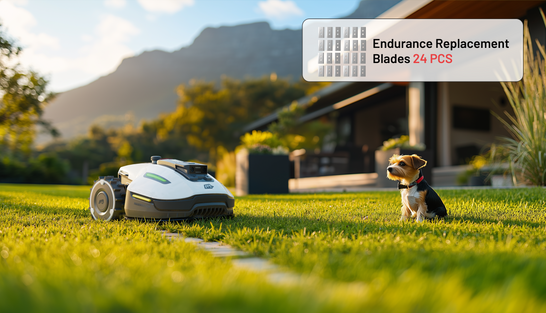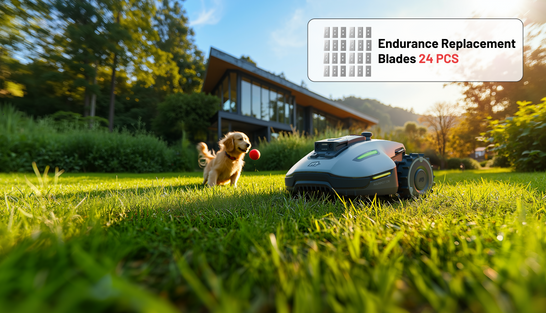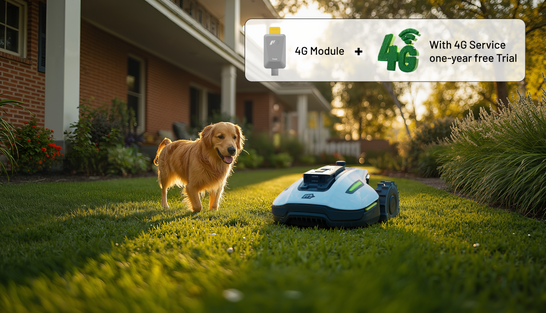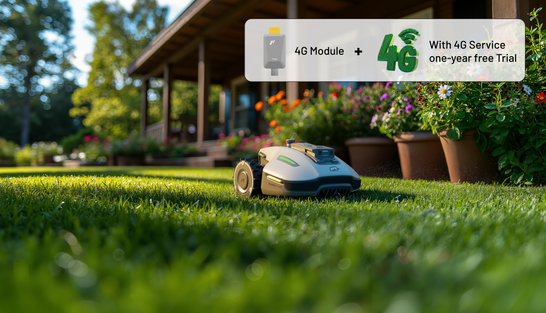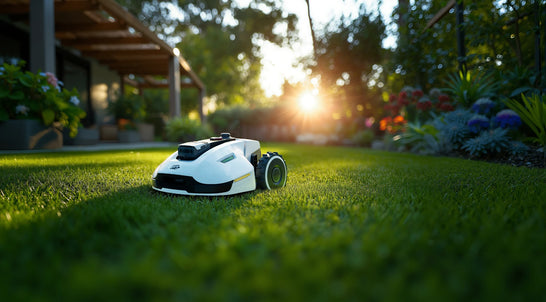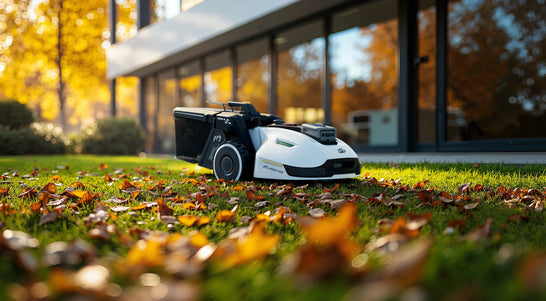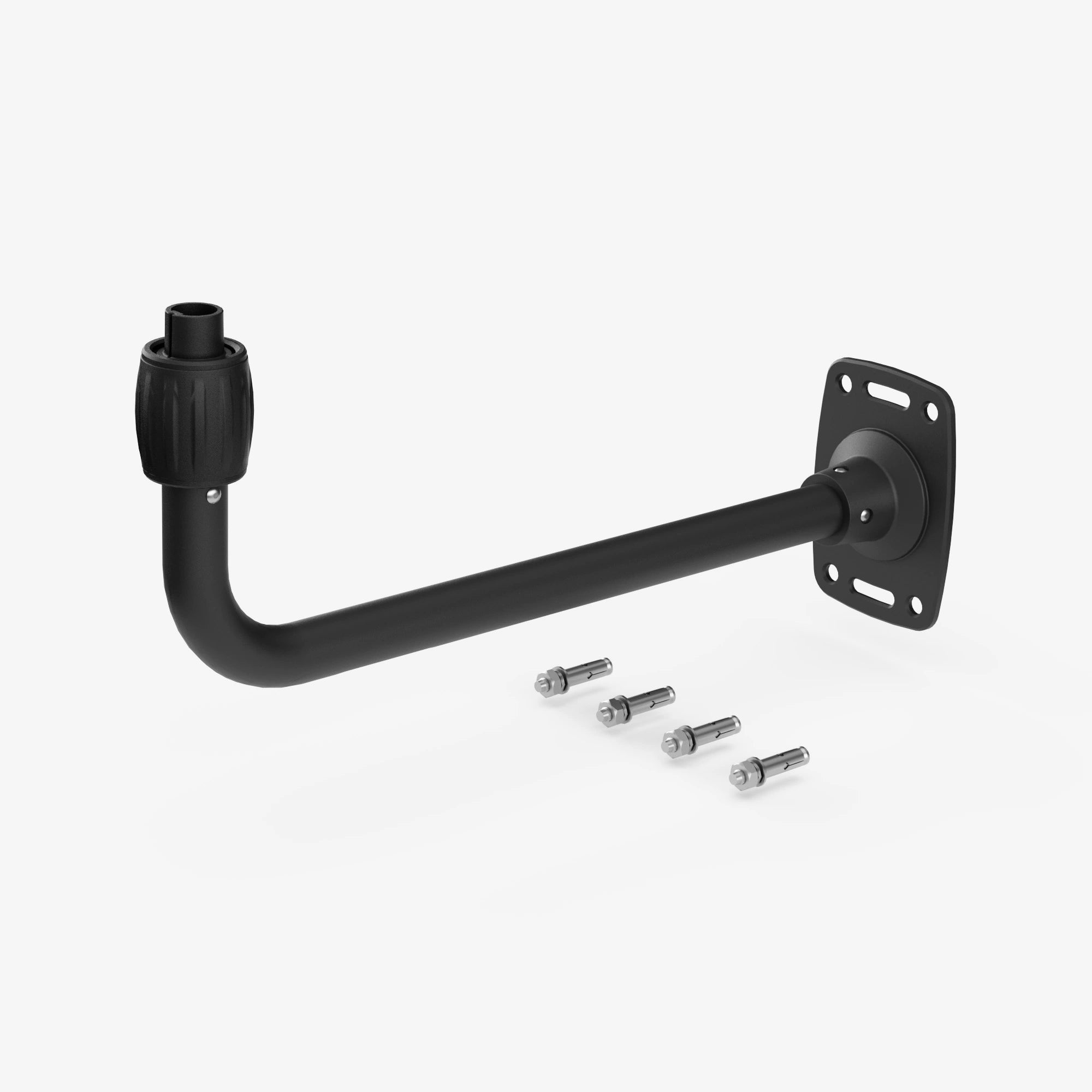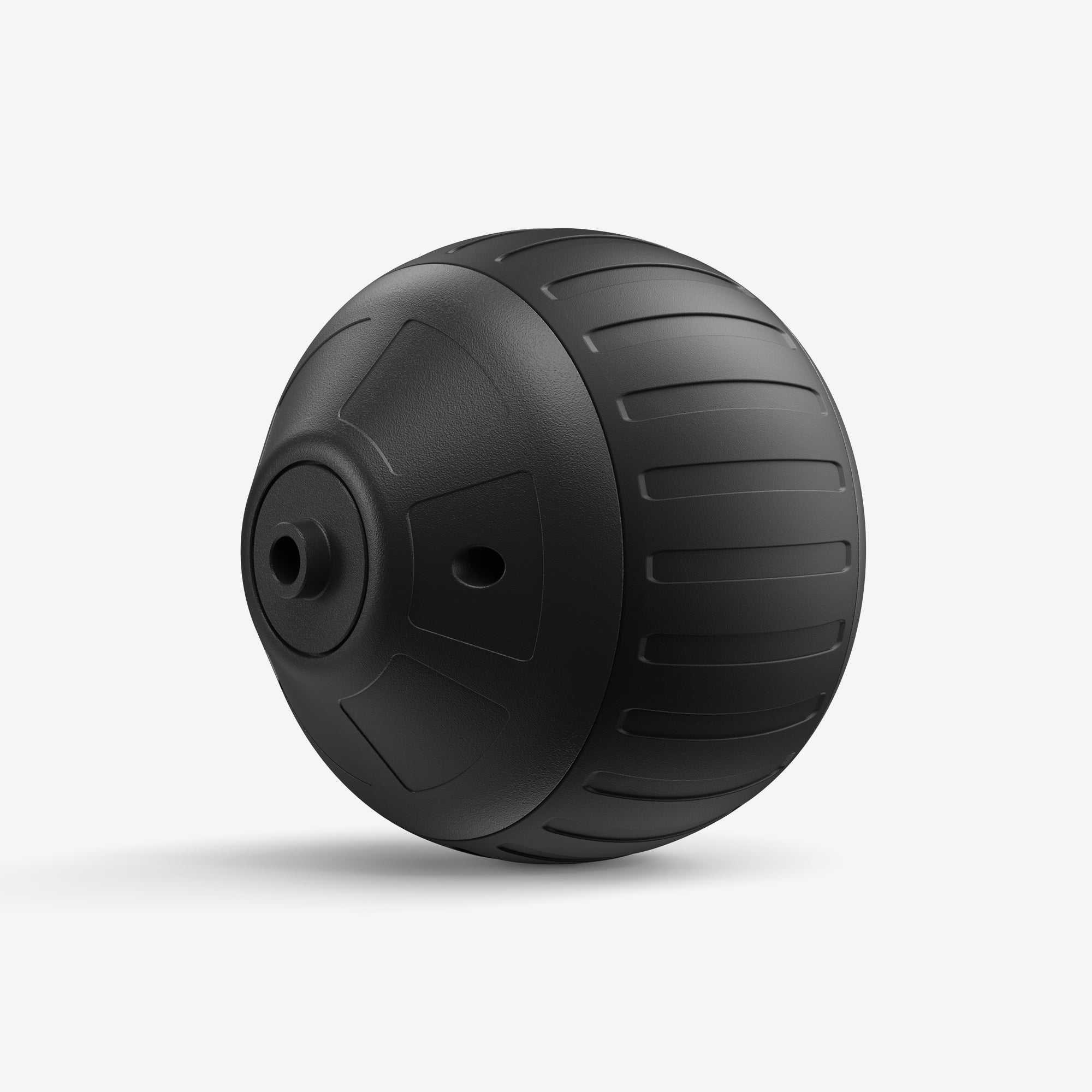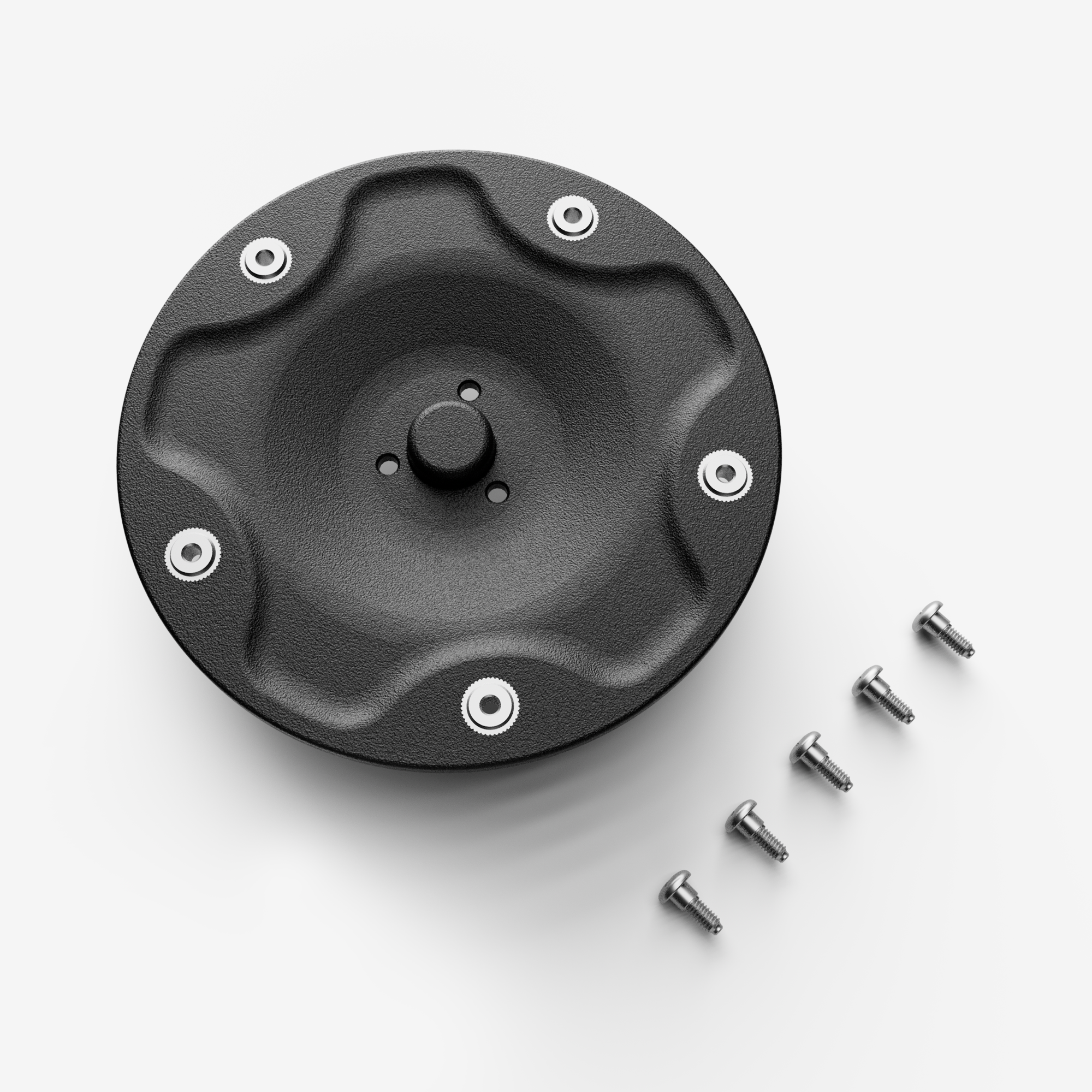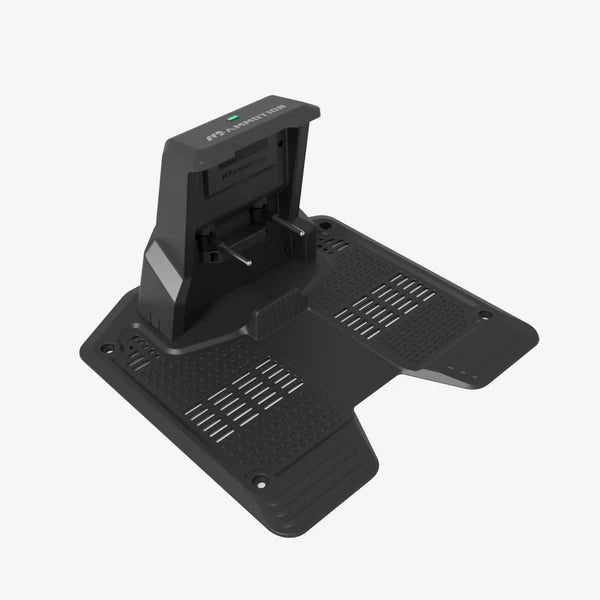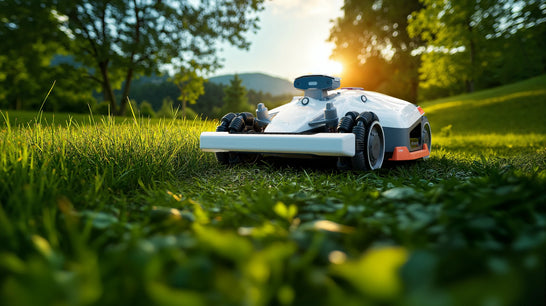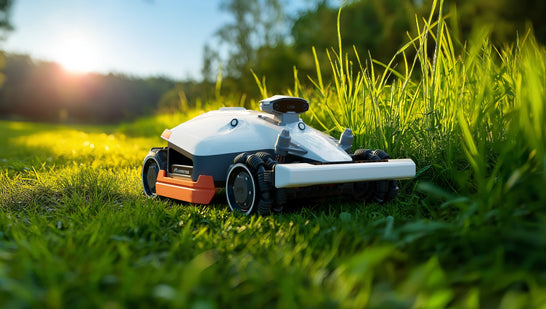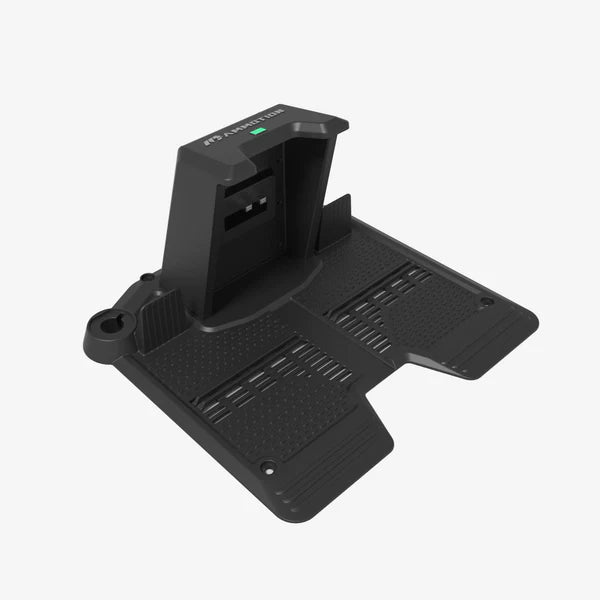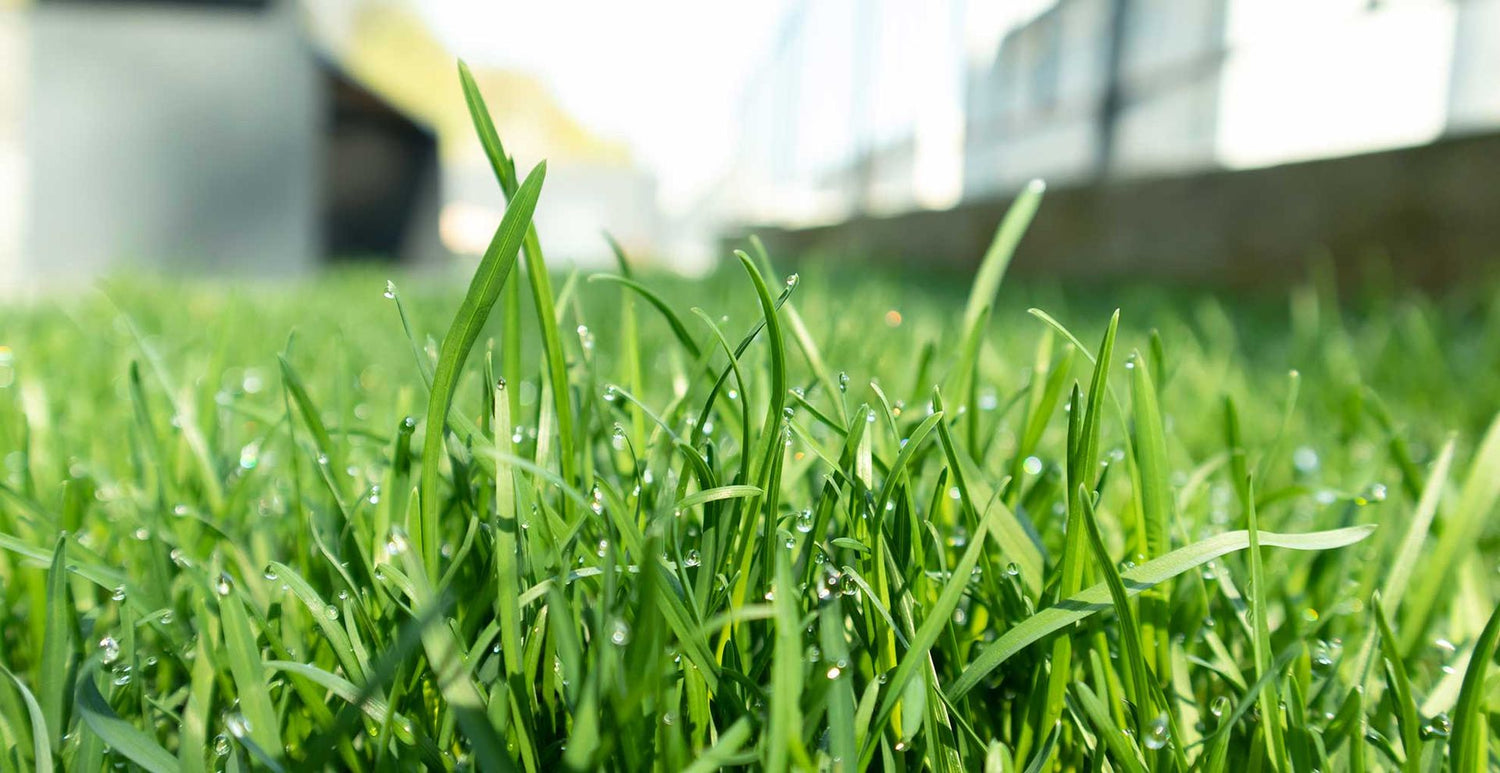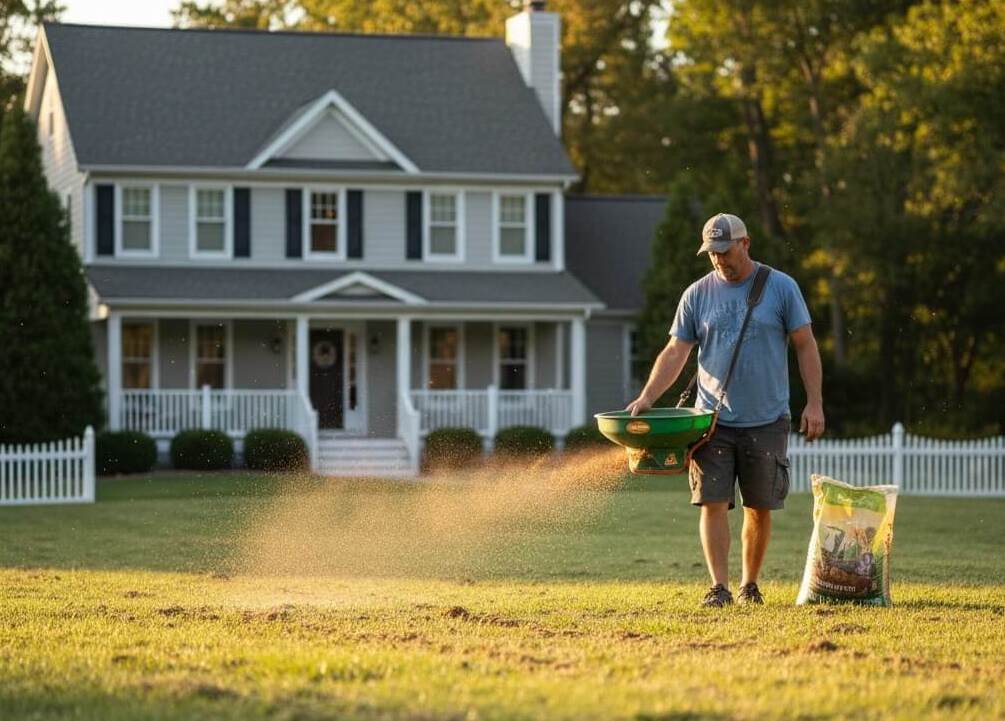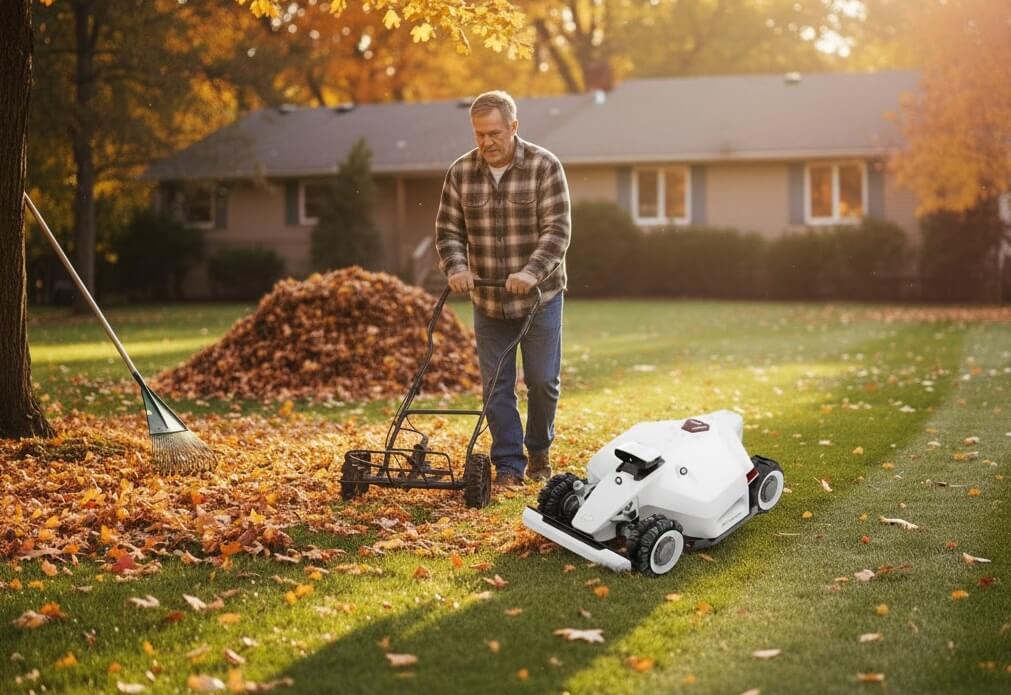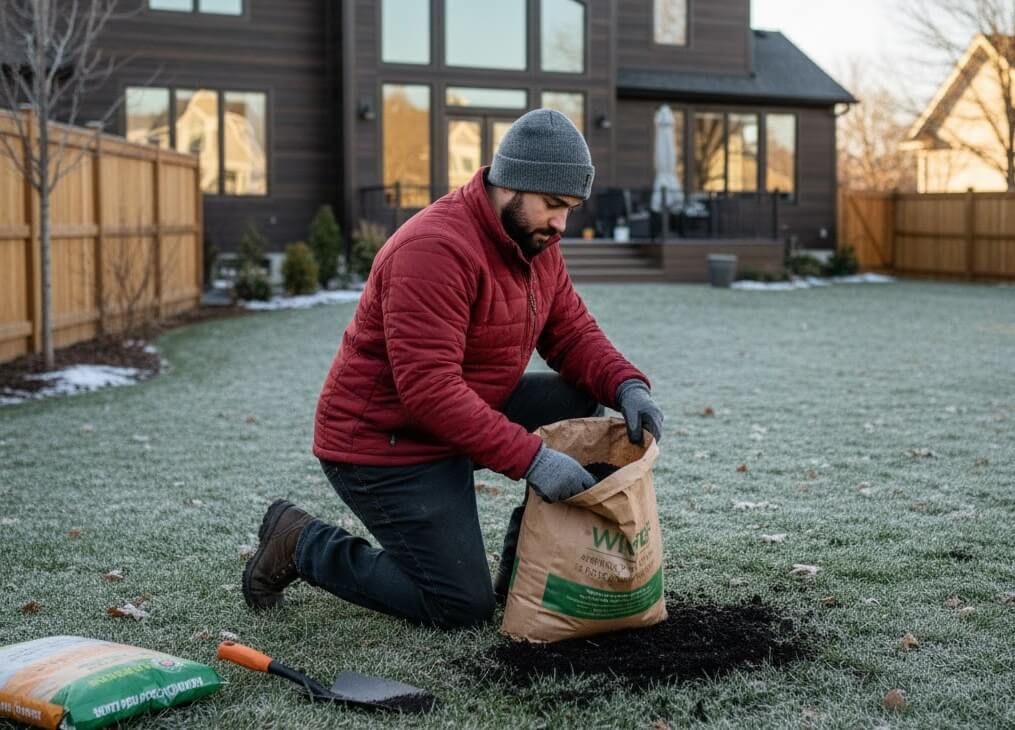Rainy weather or early morning dew can throw off even the most well-planned lawn care routine. One of the most common questions homeowners ask is simple: “Can you mow wet grass?” The short answer is yes — technically, you can. But whether you should is an entirely different matter.
Mowing your lawn when it’s wet can lead to a series of problems: from damaging your turf and spreading disease to putting unnecessary strain on your mower. Still, there are situations where mowing wet grass becomes unavoidable — especially in regions with frequent rain or tight maintenance schedules.
This article will walk you through the real risks of mowing in damp conditions, when it might be acceptable, and how to minimize damage if you must cut your grass while it’s wet.
Can You Mow Wet Grass?
Technically, yes — but it’s strongly discouraged in most cases.
When the grass is wet, each pass of your mower can tear rather than cleanly cut the blades. This stresses the turf, invites fungal infections, and leaves behind unsightly clumps that can suffocate healthy grass. Additionally, damp conditions cause clippings to stick to the mower deck, dull blades more quickly, and even clog the discharge chute.
But let’s be honest: life doesn’t always wait for perfect mowing conditions. Extended periods of rain, rapid grass growth, or pre-scheduled landscaping may force your hand. If you understand the risks and take proper precautions, mowing wet grass can be done with minimal damage — but it should never become your go-to approach.
Up next, we’ll explore why mowing wet grass is considered risky from both a turf health and equipment standpoint.
Why Experts Advise Against Mowing Wet Grass
While it’s technically possible to mow your lawn when it’s wet, professional groundskeepers and turf scientists strongly advise against it. Here’s why:
1. Wet Grass Tears Instead of Cutting Cleanly
When grass blades are soaked, they tend to bend rather than stand upright. As a result, the mower blade often tears the grass instead of slicing it cleanly. This leads to frayed edges that weaken the plant and make it more susceptible to disease.
Torn grass blades lose moisture faster and can create a dull, brownish appearance across your lawn — the exact opposite of a clean, healthy cut.
2. Increases the Risk of Lawn Disease
Wet conditions are ideal for fungal diseases. If you mow over damp grass, the open wounds on the blades combined with excessive moisture provide the perfect breeding ground for turf diseases like brown patch, leaf spot, and dollar spot.
These diseases can spread quickly, especially when mower wheels or blades carry pathogens from one area to another.
3. Causes Grass Clumping and Lawn Smothering
One of the most immediate issues you’ll face is clumping. Wet clippings tend to stick together in heavy, wet mats that can smother your turf. These clumps block sunlight and trap moisture, leading to discolored patches and even turf die-off if not raked out.
Clumping also affects mower performance, leading to uneven cuts and repeated passes, which further damage the lawn.
4. Can Damage Your Mower
Cutting wet grass puts your mower under stress. Moist clippings cling to the underside of the deck and inside the discharge chute, causing frequent clogging, slower blade rotation, and even engine strain.
Wet conditions also dull blades faster and increase corrosion risks, especially if the mower isn’t cleaned immediately after use.
5. Higher Risk of Slips, Skids, and Ruts
From a safety standpoint, mowing on wet ground increases the risk of losing traction or slipping, particularly if your lawn has slopes. For heavier equipment or riding mowers, this can also lead to soil compaction and ruts, which are difficult to repair and can affect lawn health for months.

When You Might Have No Choice But to Mow Wet Grass
While it's generally not recommended, there are times when avoiding wet grass mowing is simply not realistic. The question isn't always “can you mow wet grass,” but rather, do you have a choice?
Here are common situations where mowing a damp lawn becomes necessary — and how to manage the risks if you must proceed.
1. Continuous Rainfall with No Dry Window
In regions where rainfall persists for days or weeks, your grass can grow too quickly to wait for dry weather. If you delay mowing too long, you risk overgrowth, which can lead to uneven cuts, matting, and damage to the turf.
In this case, the decision isn't about whether you can you mow wet grass — it becomes a matter of timing and damage control. Mowing during a short dry break, even if the lawn is still damp, may be your only viable option.
2. Grass Height Has Surpassed Ideal Levels
Cool-season grasses like Kentucky bluegrass and fescue perform best when kept between 2.5 to 3.5 inches. Once grass exceeds 6 inches, it may shade its own crown, promote fungal growth, and become more difficult to mow cleanly — especially once it dries and flattens.
If you're wondering whether you can mow wet grass in this situation, the answer is yes, with extra care. It’s often better to trim it slightly while damp than allow overgrowth to continue.
3. Property Maintenance and Contractual Schedules
For commercial landscapers or facility managers, mowing timelines are often fixed by contract or event preparation. Missing a scheduled service may not be acceptable, particularly for high-traffic areas or tenant expectations.
In these scenarios, professionals don’t ask “can you mow wet grass?” — they ask how to do it safely. That distinction is critical.
4. Lawn Preparation for Scheduled Events
Sometimes, homeowners need their lawns looking sharp for scheduled events like outdoor parties or home showings. If the forecast shows no dry period before your deadline, mowing wet grass becomes necessary to maintain appearances — despite the risks.
Even then, it's best to wait until surface moisture has dried (i.e., no visible water on blades), even if the soil is still damp. That balance helps limit turf damage.
How to Mow Wet Grass Safely (If You Must)
Even though mowing a wet lawn is not ideal, there are times when it's unavoidable. If you've already concluded that you can mow wet grass, the next question becomes: how do you do it without damaging your lawn or your equipment?
Below are best practices to follow when you absolutely must mow under damp conditions:
1. Use a Sharp Blade
A sharp mower blade is essential — especially when grass is soft and heavy with moisture. Dull blades will tear wet grass instead of cutting it cleanly, increasing the risk of disease and brown tips. If you're mowing wet grass, check your blade condition before you start and sharpen if needed.
2. Raise the Mower Deck Height
Wet grass is denser and more resistant. Raising the cutting height by half an inch or more helps reduce mower strain and avoids scalping. This also prevents excessive removal of wet top growth, which can cause further turf stress.
A higher setting allows for cleaner passes and helps the mower move more freely, minimizing rutting or dragging.
3. Mow Slowly and Steadily
Mowing too fast on wet grass leads to clogging, uneven cuts, and wheel ruts. Move at a slower pace and take your time — especially around turns or slopes. Wet soil is softer, so sharp turns may leave permanent damage.
It’s often better to make multiple light passes than one aggressive cut.
4. Use a Side Discharge or Bag Clippings
Avoid mulching when mowing wet grass. Moist clippings are sticky and tend to clump together, which can suffocate your turf. If you can, switch to side discharge or use a bagging attachment. This reduces the chance of grass clumping and improves airflow under the deck.
Be prepared to empty the bag or clear the chute more often than usual.
5. Clean the Mower Thoroughly Afterwards
After mowing a wet lawn, your mower deck and blades will likely be covered in wet grass buildup. Leaving this residue can promote rust, corrosion, and bacterial growth. Once finished, clean your mower thoroughly — especially underneath the deck.
Let it dry completely before storage to protect its longevity.
6. Wait Until Surface Moisture Has Evaporated (If Possible)
Even if the ground is wet, it's better to wait until dew or rainfall has dried from the surface of the grass blades. This small delay can drastically improve cut quality and reduce tearing, while still keeping you on schedule.
What to Do After Mowing Wet Grass
If you've just finished mowing a wet lawn, your job isn’t over yet. Damp mowing conditions can leave your grass and equipment vulnerable — but a few simple steps taken right after mowing can help your turf recover quickly and reduce long-term issues.
Here’s what lawn care experts recommend doing immediately after you mow wet grass:
1. Rake or Remove Clumps of Wet Clippings
Even if you use a bag or side discharge, some clumps of wet grass are likely to remain on the surface. These clumps can suffocate healthy turf, block sunlight, and create conditions ideal for fungus.
Use a leaf rake or lawn sweeper to gently remove any visible clumps. Don't leave them to dry in place — this often leads to yellow or dead patches.
2. Inspect the Lawn for Damage
After mowing wet grass, walk your lawn and inspect it for signs of distress. Look for:
- Flattened areas from mower wheels
- Tearing or bruising of grass blades
- Mud ruts or soil displacement
If you spot damaged sections, avoid walking on them until they’ve dried out. Minor ruts can often be repaired by lightly topdressing with soil and overseeding.
3. Clean and Dry Your Mower Thoroughly
Moisture and organic matter can quickly corrode metal parts and breed bacteria in your mower. After mowing a wet lawn, make it a priority to:
- Scrape the underside of the mower deck
- Wipe down blades and housing
- Let the mower air dry completely before storage
These steps are especially important if you plan to mow again within a few days.
4. Monitor Lawn Health Over the Next Few Days
The effects of mowing wet grass may not be immediately visible. Over the next 2–3 days, watch for signs of stress:
- Browning or frayed leaf tips
- Fungal spotting (such as gray or brown patches)
- Uneven color or turf thinning
If needed, apply a light dose of high-nitrogen fertilizer or a bio-fungicide to promote recovery. Avoid heavy watering unless the weather turns dry.
Conclusion: Should You Mow Wet Grass?
So, can you mow wet grass? Technically, yes — but it should always be your last resort.
While there are situations where mowing a damp lawn is unavoidable, it’s important to understand the potential consequences: damage to your turf, stress on your mower, and increased risk of lawn disease. If mowing wet grass is necessary, the key is to approach it with caution and proper technique.
Whenever possible, wait for dry conditions to ensure a clean cut, healthy regrowth, and a longer-lasting mower. But if time, weather, or obligations force your hand, now you know how to minimize the risks.
Smart lawn care isn’t just about keeping grass short — it’s about knowing when and how to mow for the long-term health of your yard. Contact us with any questions about lawn care.
Frequently Asked Questions
1. Can you mow wet grass without damaging your lawn?
Yes, you can mow wet grass, but it’s not ideal. Mowing a wet lawn increases the risk of turf damage, such as tearing the grass blades, creating ruts in soft soil, and spreading disease. If you have no choice, follow best practices like raising the mower deck, mowing slowly, and avoiding sharp turns.
2. Why is it bad to cut wet grass?
Cutting wet grass can lead to:
- Tearing instead of clean cuts, weakening the grass
- Clumping of wet clippings, which smother the lawn
- Higher risk of fungal disease due to open wounds and moisture
- Damage to equipment, including clogging and corrosion
- Soil compaction or rutting, especially on soft or uneven ground
These risks make mowing wet grass something to avoid whenever possible.
3. Can mowing wet grass ruin your mower?
Yes, over time it can. Wet clippings stick to the underside of the mower, causing clogs, rust, and reduced blade efficiency. Moisture can also lead to engine strain if the mower is overworked. Always clean and dry your mower thoroughly after using it on a damp lawn.
4. How long should you wait to mow after it rains?
Ideally, you should wait until the grass blades and top layer of soil are dry to the touch. This typically takes between 24–48 hours depending on weather, sunlight, and drainage. If that's not possible, aim to mow during the driest window of the day — usually late morning or early afternoon — when dew has evaporated.
5. Can you mow the lawn when the grass is wet in the morning due to dew?
Morning dew can cause the same issues as rain when mowing. While mowing damp grass from dew is slightly less problematic than after a storm, it still increases the chance of tearing, clumping, and fungal spread. If possible, wait until the dew has lifted, typically by mid-morning.
6. Are there any types of mowers better for cutting wet grass?
Yes. Gas-powered mowers with strong torque, sharp high-lift blades, and open deck designs are better suited for wet conditions. Avoid using reel mowers or battery-powered models in wet grass, as they tend to clog or bog down more easily.

